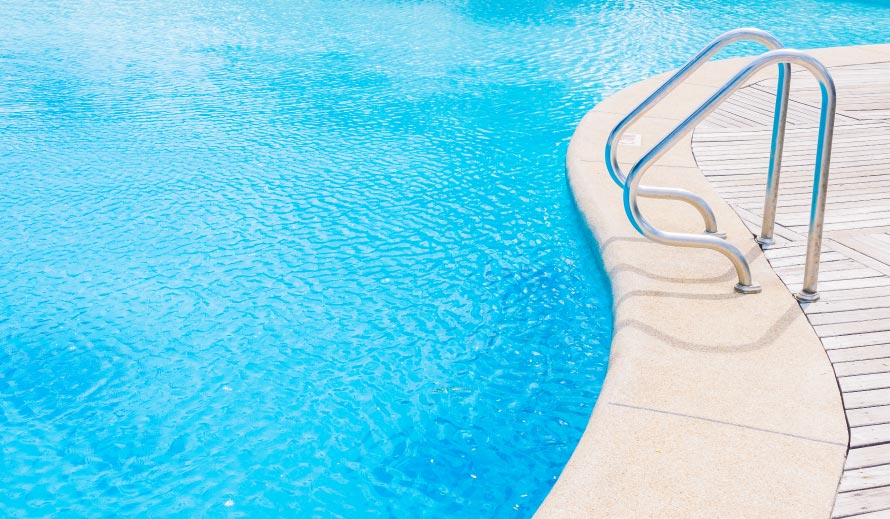Pool plastering is a critical component of any pool, as it plays an essential role in aesthetics, durability and water quality. Whether you are building a new pool or planning to resurface an existing one, it is essential to know about plastering and the different types available. In this article, we’ll explain what pool plastering is and delve into the different types you can choose from for your pool. If you want to go deeper into the choice, you can consult with our pool builders.
What Is Pool Plaster?
Pool plaster, often referred to as pool finish, is the smooth, waterproof coating that covers the interior surface of a swimming pool. It serves several essential purposes:
- Waterproofing: Pool plaster creates a watertight barrier that prevents water from leaking through the pool’s structure.
- Aesthetics: It provides the pool with its color and texture, significantly influencing the pool’s overall appearance.
- Smoothness: A properly plastered pool has a smooth surface that is comfortable for swimmers and easy to clean.
Immerse yourself in the aquatic paradise of our pools
Types of Pool Plaster:
There are several types of pool plaster to choose from, each offering unique characteristics and aesthetics. Let’s explore some of the most common types:
- White Marcite Plaster:
∙ Appearance: White marcite plaster is the most traditional and budget-friendly option. It provides a classic, bright white finish that complements various pool styles. ∙ Durability: While cost-effective, white marcite plaster may require more frequent reapplication compared to other types.
∙ Aesthetic Appeal: It delivers a clean and timeless look to your pool. - Colored Plaster:
∙ Appearance: Colored plaster allows you to customize your pool’s finish with a wide range of colors, from vibrant blues to earthy tones.
∙ Durability: Colored plaster is more stain-resistant than traditional white plaster, offering better longevity.
∙ Aesthetic Appeal: It provides a visually appealing and personalized finish to your pool. - Exposed Aggregate Plaster:
∙ Appearance: Exposed aggregate plaster incorporates small pebbles, glass beads, or other aggregates into the finish, creating a textured and visually interesting surface. ∙ Durability: This type of plaster is highly durable and resistant to stains and wear. ∙ Aesthetic Appeal: Exposed aggregate plaster adds a unique and tactile element to your pool’s design. - Quartz and Pebble Finishes:
∙ Appearance: Quartz and pebble finishes combine plaster with quartz crystals or pebbles to create a luxurious and textured surface.
∙ Durability: These finishes are incredibly durable, providing excellent resistance to staining and abrasion.
∙ Aesthetic Appeal: Quartz and pebble finishes offer a stunning, natural look with a range of color and texture options. - Glass Bead Plaster:
∙ Appearance: Glass bead plaster incorporates reflective glass beads into the finish, creating a shimmering and sparkling effect.
∙ Durability: It is highly durable, resistant to both chemical imbalances, and fading.
∙ Aesthetic Appeal: Glass bead plaster provides a glamorous and contemporary appearance to your pool.
Regardless of the type of plaster you choose, you should keep in mind pool care basics, to ensure its benefits.
Pool plaster is a crucial component in constructing a visually appealing and functional swimming pool. Choosing the right type of plaster depends on your aesthetic preferences, safety considerations, and budget. Whether you opt for classic white marble plaster, a colorful finish, or an exposed aggregate look, pool plaster is sure to enhance your pool’s beauty and durability, providing years of enjoyment and relaxation.
Reach out to us, for expert advice and assistance in selecting and applying the ideal pool plaster for your dream swimming pool.

